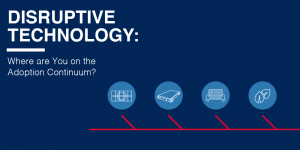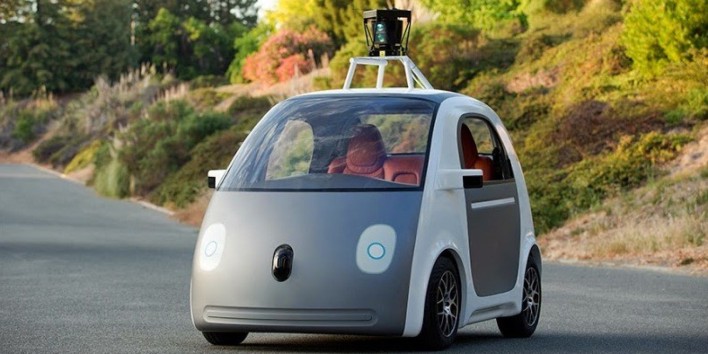Last month the World Economic Forum conducted its Annual Meeting of the New Champions – a look at how innovation is shaping, and will shape, global markets including the risk and opportunities of the driverless cars phenomenon.
One of the discussions that took place yesterday was on the future of mobility – very simply, a conversation about the ways we move people and things will change. My former colleague Robert Dickie who was Chief Operations and Technology Officer, spoke on this panel.

Improving ‘mobility’ technology has huge potential consequences, for both urban and rural spaces. From drones that can deliver commercial packages to remote areas or make agricultural management more efficient, to driverless cars and robo-taxi fleets. The sky is the limit, one would think, on the opportunities. However, the other side of the opportunities are the risks. Unless the risks are well understood and managed effectively, the opportunities will be limited.
The disruptive effect of driverless cars on the multi-billion dollar automobile industry, for one, is being taken on board by market leaders.
Research conducted by the Boston Consulting Group has concluded that the pay-back of robo-taxis in megacities yield up to as much as a 30% saving when compared to a regular taxi, and still be cheaper by mile than driving yourself. Here in Switzerland, we have already (just) begun testing driverless buses.
As more trends suggest that urban car ownership could be on the way out, the boom in car and ride-sharing services we’re seeing now is looking like a natural equilibrium.
And it’s not just Tesla getting involved in the development of driverless vehicles. In the US, traditional car manufacturers like General Motors have been aggressive in investing in driverless vehicles. China’s Baidu, in a similar step to its US counterpart, Google, announced it would be jumping into developing autonomous vehicles. Tesla, as is its habit, has taken things to the next level with the Model 3, positioning themselves as providing ‘mobility’, rather than just being in the business of making cars.

However, these dramatic disruptions in mobility are not without risks. Whilst people are willing to take the risk of a cyber-attack on their payment data when online shopping, the stakes are much more immediate in a driverless car. Malicious cyber hacks on software in return for payment (known as ransomware) are a risk that the driverless automobile industry will have to factor in before going to market.
Litigation and responsibility have long been causes of concern as a major risk facing ‘mobility’ disruption when thinking about road accidents between self-driving cars or, in a more remote possibility, a hacked vehicle controlled by an untraceable hacker.

Some insurance companies have offered driverless car policies covering everything from accidents caused by malfunction and override failure, to mishaps due to neglecting to install software updates or losing crucial connectivity. It is unsurprising, therefore, that regulation and governance has been reluctant to be agile enough to allow these projects to get past initial test stages. It will require a coordinated effort from industry and governments to get this right.
This has been true for another major ‘mobility’ technology: drones. This month, deliveries were sent by drone to retail customers for the first time. However, despite the long-touted projects by Amazon and Google, and their advanced drones that accompany them, the packages were sent by Chinese retailer JD.com to China’s remote Jiangsu province, where regulation is much less restrictive.
It’s fair to say that the risks associated with disruptive technologies are too complex for single institutions to manage. There have been many calls for a collective movement towards global standards to be set more rapidly, so that the economic benefits can be reaped from these Technologies.

Nevertheless, we are seeing signs of increasing flexibility. Just this week the US Federal Aviation Administration passed legislation to allow commercial drones to operate under certain conditions (such as a validated drone pilot, and height and visibility restrictions). This is surely reassuring to businesses making investments into the mobility sector, such as Google’s Google X research arm, which filed a patent last week on a drone delivery receptacle with infrared sensors to guide drone landing.
The New York Times is confident that the question is ‘when, not if’ drones will be making it onto the main stage. However, I’d argue that the role of insurance to help understand and protect people from risks for both driverless cars and the use of drones for commercial activities is key. At the moment this is an embryonic area perhaps because of a lack of understanding of the risks. Until such a time that these risks are better understood, it will be difficult for these developments to truly take off in any material way.
Written by Cecilia Reyes, Chief Risk Officer & Regional Chairman of Asia Pacific, Zurich Insurance Group


Recent Comments